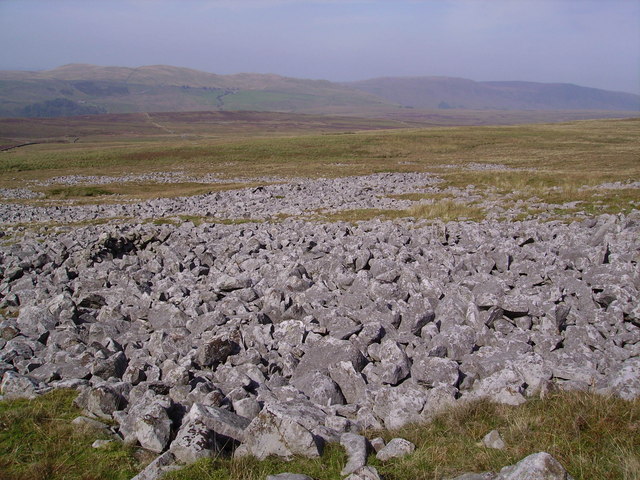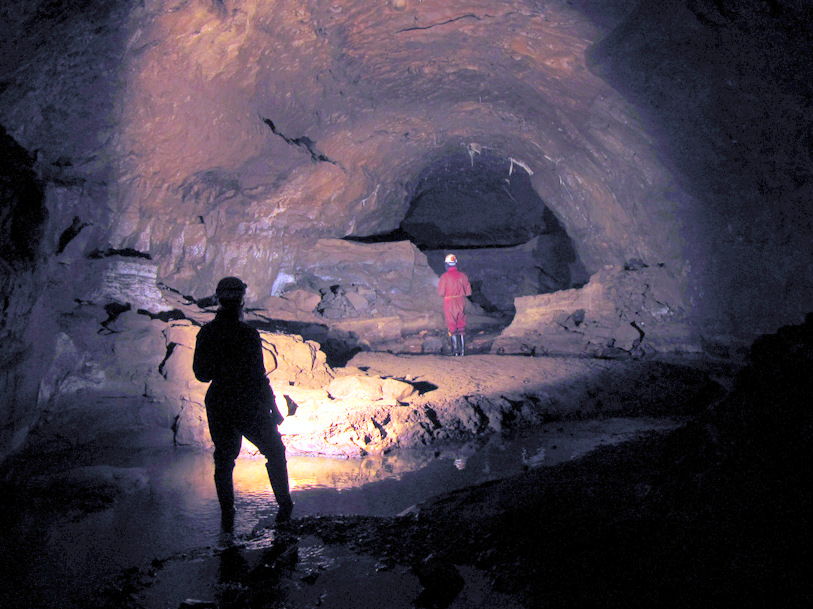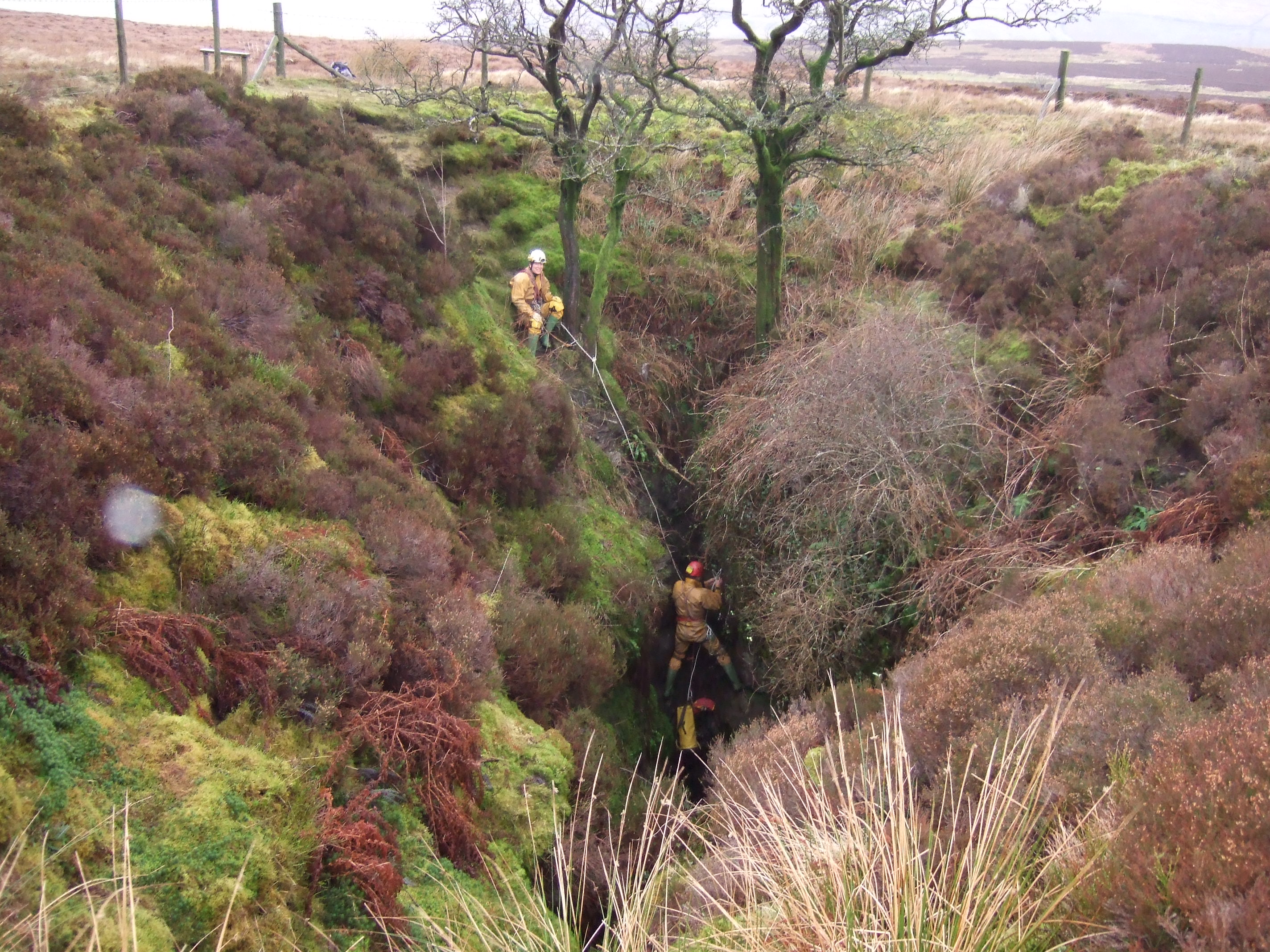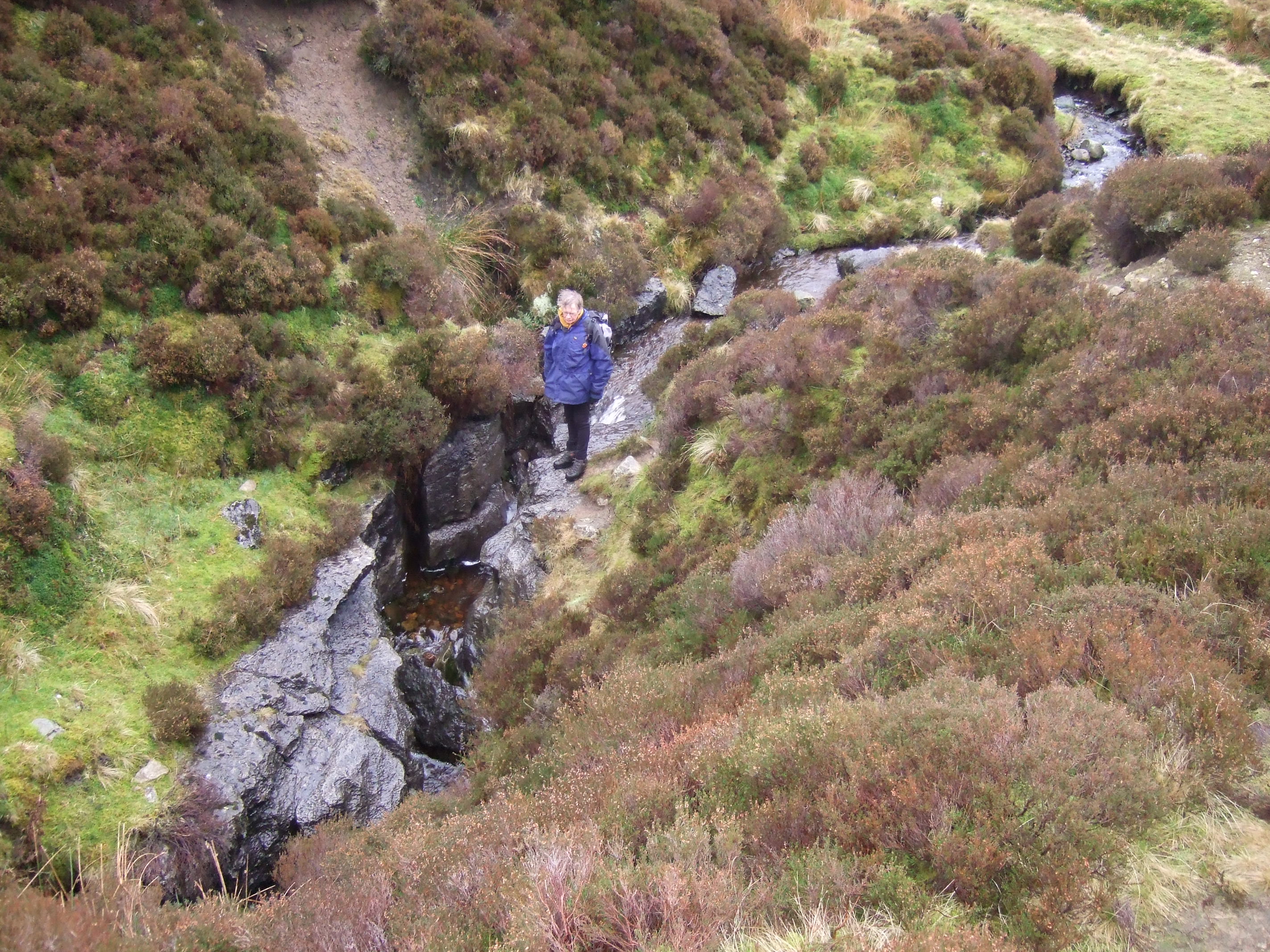Casterton Fell
Downs, Moorland in Westmorland South Lakeland
England
Casterton Fell

Casterton Fell is a scenic area located in the county of Westmorland, England. It is a diverse landscape that encompasses downs, moorland, and rolling hills, offering breathtaking views and a rich natural habitat. Covering an area of approximately 10 square miles, Casterton Fell is situated in the southern part of the Lake District National Park.
The fell is characterized by its undulating terrain, with a maximum elevation of around 1,000 feet at its highest point. The landscape is predominantly covered in heather and grasses, giving it a distinctive purple hue in late summer. This provides a perfect habitat for a variety of wildlife, including birds such as curlews and lapwings, as well as small mammals like rabbits and voles.
The area is crisscrossed by numerous footpaths and bridleways, making it a popular destination for hikers, walkers, and horse riders. These paths offer visitors the opportunity to explore the diverse terrain and enjoy the panoramic views of the surrounding countryside. The fell also boasts several ancient monuments, including burial mounds and standing stones, which provide a glimpse into the area's rich history.
Casterton Fell is a place of tranquility and natural beauty, offering visitors a chance to escape the hustle and bustle of everyday life. With its stunning vistas, diverse flora and fauna, and rich cultural heritage, it is a must-visit destination for nature enthusiasts and those seeking a peaceful retreat in the heart of Westmorland.
If you have any feedback on the listing, please let us know in the comments section below.
Casterton Fell Images
Images are sourced within 2km of 54.222926/-2.5127376 or Grid Reference SD6680. Thanks to Geograph Open Source API. All images are credited.


Casterton Fell is located at Grid Ref: SD6680 (Lat: 54.222926, Lng: -2.5127376)
Administrative County: Cumbria
District: South Lakeland
Police Authority: Cumbria
What 3 Words
///unstated.dripping.entry. Near Kirkby Lonsdale, Cumbria
Nearby Locations
Related Wikis
Ease Gill Caverns
The Ease Gill Cave System is the longest, and most complex cave system in Britain as of 2011, with around 41 miles (66 km) of passages, including connections...
Leck Fell
Leck Fell is a Site of Special Scientific Interest in Lancashire, England. An area of typically heavily grazed open moorland of rough grass and remnant...
Death's Head Hole
Death's Head Hole is a cave on Leck Fell, in Lancashire, England. Its entrance is a 64-metre (210 ft) deep shaft. It leads into Lost Johns' Cave and is...
Long Drop Cave
Long Drop Cave is a cave on Leck Fell, in Lancashire, England. It leads into Death's Head Hole, and is part of the Three Counties System, an 87-kilometre...
Three Counties System
The Three Counties System is a set of inter-connected limestone solutional cave systems spanning the borders of Cumbria, Lancashire and North Yorkshire...
Rumbling Hole
Rumbling Hole is a cave on Leck Fell, in Lancashire, England. Its entrance is a 50-metre (160 ft) deep fenced shaft, and it rapidly descends a series of...
Short Drop Cave - Gavel Pot System
Short Drop Cave and Gavel Pot are different entrances into the same cave system on Leck Fell, in Lancashire, England. The main top entrance, Short Drop...
Lost Johns' Cave
Lost Johns' Cave is an extensive cave system on Leck Fell, Lancashire, England. With its three major vertical routes (Dome Route, Centipede Route and...
Nearby Amenities
Located within 500m of 54.222926,-2.5127376Have you been to Casterton Fell?
Leave your review of Casterton Fell below (or comments, questions and feedback).




















